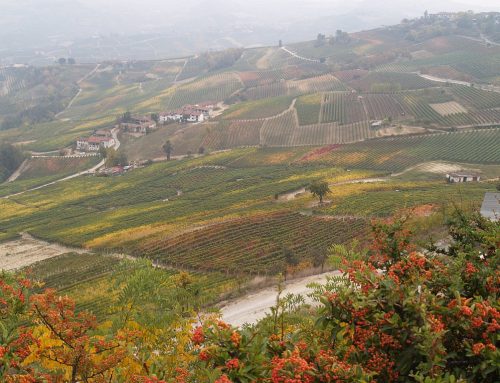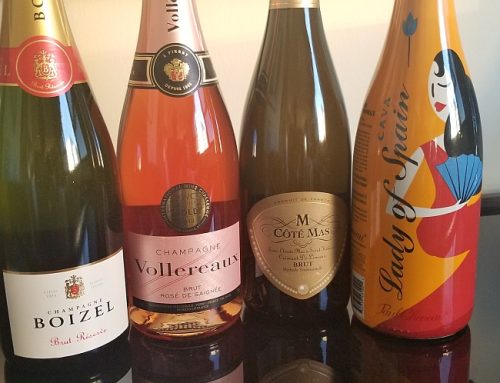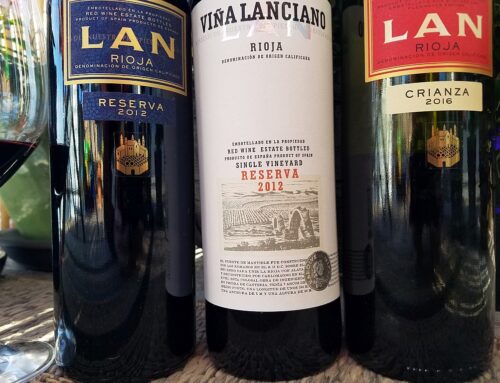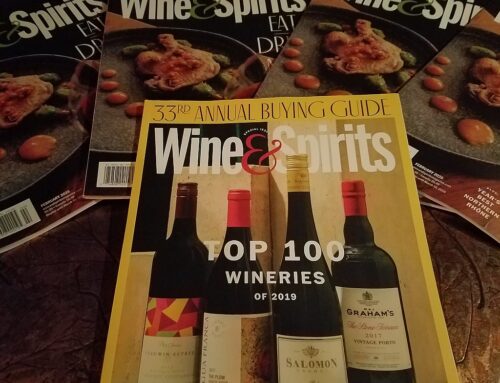Bodegas Emilio Moro embodies the story of Ribera del Duero’s wines.
Ribera del Duero is two hours by car north of Madrid, Spain. For ages, its wineries followed the Spanish model of producing huge quantities of insipid wines at rock-bottom prices.
In 1982, Spanish wine authorities granted Ribera del Duero its own appellation; there were only eight wineries at the time, but one was Spain’s most famous: Vega Sicilia.
In 1932, Emilio Moro was born in Penafiel, the wine center of Ribera del Duero. Over a lifetime, Moro developed vineyards and produced bulk wine. In 1959, Moro’s son was born; also named Emilio, he followed in his father’s footsteps.
In the 1980s, Ribera del Duero’s producers heard the modern wine world’s message: Quality over quantity. Bodegas Emilio Moro’s source for quality grapes were its historic vineyards planted with a specific clone of tinto fino (the local name for tempranillo) that the Moros grafted to their vines decades before.
After family discussions, third-generation winemaker Jose Moro invested in a wine press in 1987; the following year, he used the family’s remaining money to purchase their first cellar; and, in 1989, produced the first Emilio Moro wine. But the family’s vineyards hedged the gamble.
Responding to the accolades and prices for Ribera’s Dominio de Pingus wine- created in 1995 from purchased grapes of old vines- Emilio Moro conceivedMalleolus in 1998, made from tinto fino of 25 to 75-year old vines.
In June, Jose Moro present his most recent wines at Manhattan’s Comodorestaurant. We began the tasting with the winery’s basic red wine, 2014 Emilio Moro Finca Resalso. This lively young wine is bursting with red berry aroma and flavor, and a slight peppery finish. Enjoy it with tapas and conversation; and at less than $13, the price is nonchalant, too.
The 2012 Emilio Moro Ribera del Duero honors Jose Moro’s father and grandfather not only by name, but with intelligent winemaking. Moro included grapes from older vineyards that would have gone into its higher-priced wines had 2012 not been the second year of drought with intense heat that drastically reduced yields.
The pure tinto fino 2012 Emilio Moro Ribera del Duero is cherry-scented and-flavored; an undercurrent of black cherry flavor brings complexity, and soft, integrated tannins make it immediately pleasing. Added enjoyment comes from the less than $20 price tag.
My third glass contained the black olive and blackberry-scented 2011 Emilio Moro Malleolus. Its mulberry flavor was infused with a vanilla accent from the French barrels it was aged in; built on a framework of firm, but supple tannins, the 2011 Emilio Moro Malleolus brought added depth and texture. It retails for about $39.
The ascent continued with the 2010 Emilio Moro Malleolus de Valderramiro. The Valderramiro bottling originated in 2000 from tinto fino vines planted in this vineyard in 1924.
The 2010 rendition is a graceful ensemble of black cherry, blackberry and toasted oak aromas and flavors knitted with velvety tannins. The 2010 Emilio Moro Malleolus de Valderramiro had the densest texture and firmest structure; it’s rich without being ostentatious. It retails for approximately $130.
Emilio Moro’s transition from quantity to quality wines has placed it among Ribera del Duero’s elite wineries; and Ribera del Duero among Spain’s top appellations.











Leave A Comment